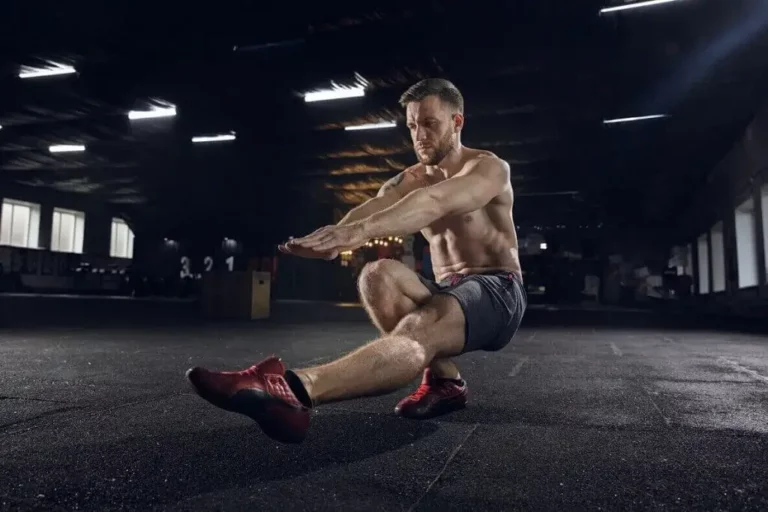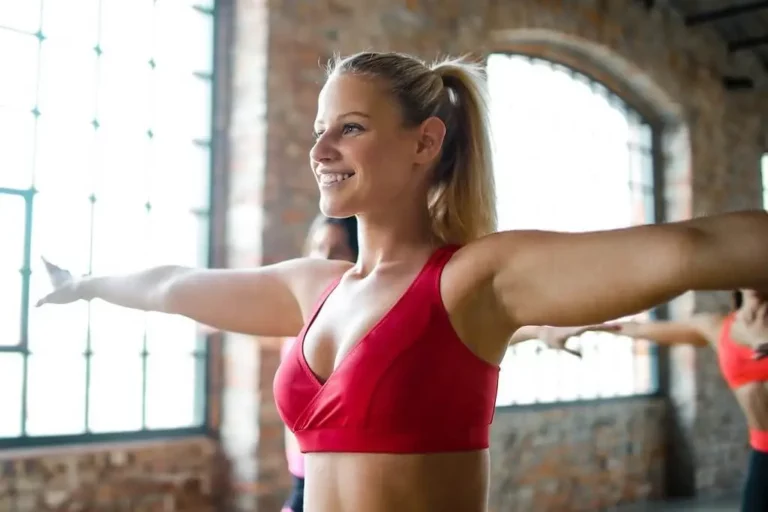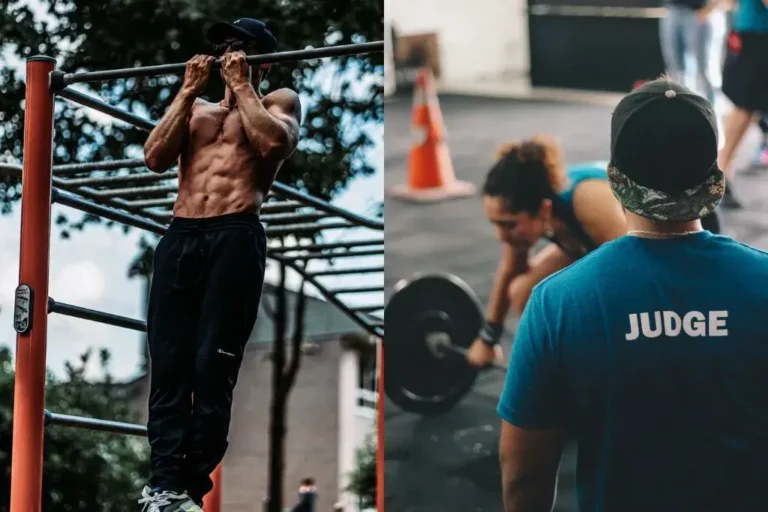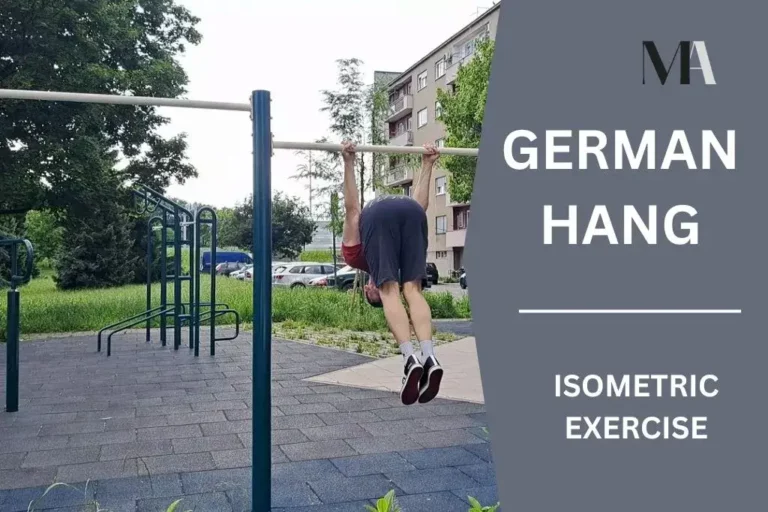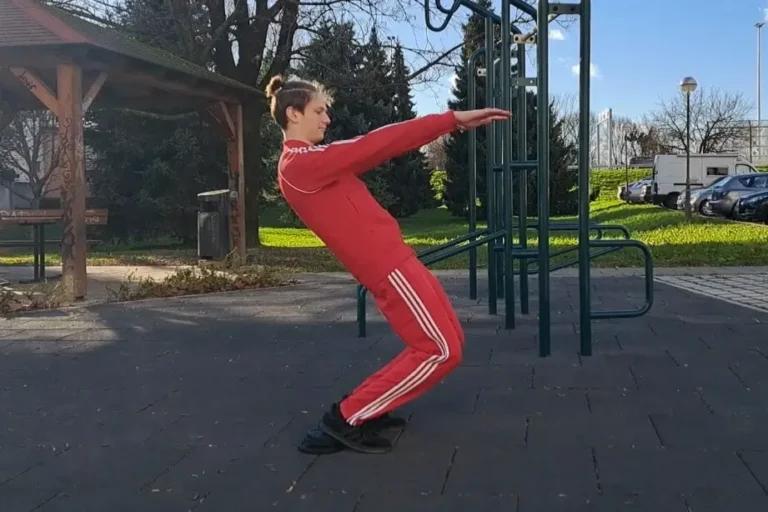Lying Leg Raise – Better Exercise For Your Hips And Abs
What is a lying leg raise?
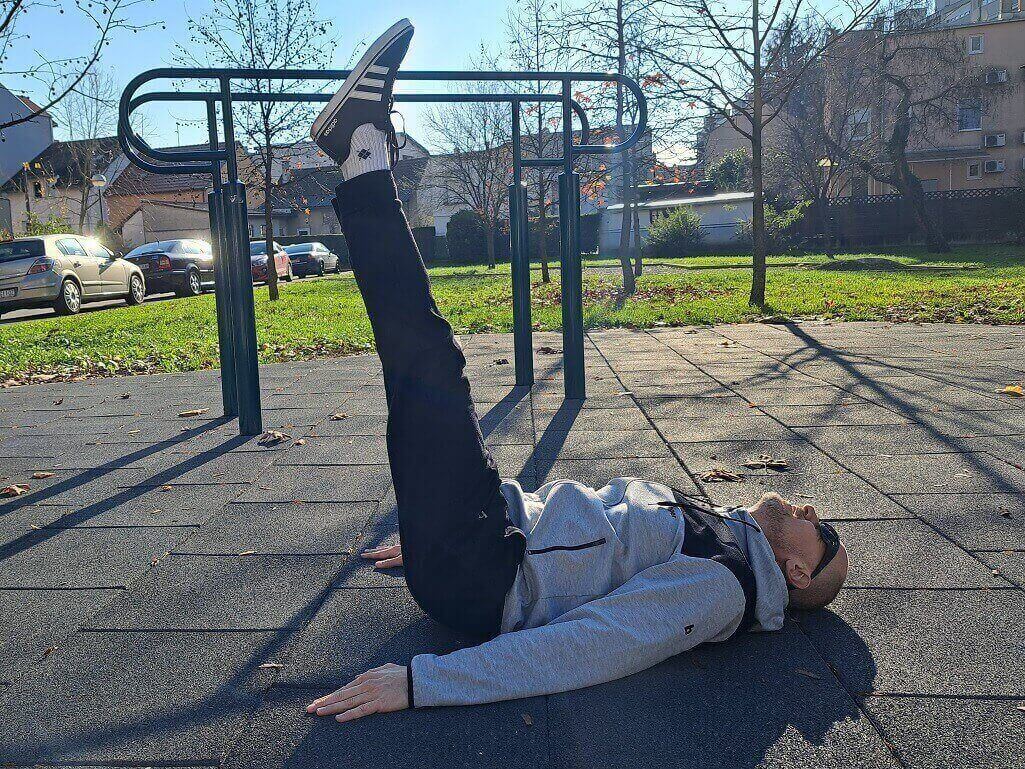
Main benefits
It’s also great for improving the flexibility of your hips and hamstrings.
Equipment
An optional piece of equipment:
- Exercise mat
Lying leg raise muscles worked
Lying leg raises muscles worked:
Primary
- Hip flexors
- Obliques
- Rectus abdominis
Secondary
- Quadriceps
- Gluteus
- Lower back
Lying leg raise form
To do a lying leg raise with perfect form, your entire body will have to be in a straight line. A straight line will be from your feet to your head. Your arms will be placed next to your body with your palms down.
Point your toes so that your legs are as straight as possible.
You will move your legs up and down by flexing your hips. Pay special attention to lifting your butt off the floor at the end of the move. This is the only part of the movement that will actually work your abs.
How to do a lying leg raise
Positioning:
You can start the exercise when you position yourself in the starting position explained above.
Upward movement:
To start the upward move, lift your legs up in the air while keeping your upper body flat on the floor.
Keep on lifting your legs up until they form around 90 degrees to the floor. If you can’t reach 90 degrees, lift your legs up as much as you can.
The most important part of the move is lifting your butt off the floor at the very end of the movement. This is the only part of this move that will really be working your abs. Before that, it’s more on to the hip flexors.
Downward movement:
In downward movement, you will slowly lower your back down to the floor. After that, you will lower your legs down to the floor.
Don’t let your legs just fall down to the floor. Don’t let your legs touch the floor. Stop a few inches away from the floor. The closer you can lower your legs the harder it will be.
Continue doing these movements for reps.
How to incorporate lying leg raise into your workouts
It’s relatively easy to add lying leg rise into your existing workouts. First, you have to be aware of what muscles this exercise works. It’s easy, that’s your hip flexors and abs.
If you are doing total body workouts, you add this exercise to each of the workouts – three times per week. It’s a great idea to also work the opposite muscles of your core in the same workout. So, make sure to also use the lower back exercise in the same workout. This can be exercise like superman lifts.
If you are doing upper / lower split, you add this exercise to your lower workout. If you are doing push / pull / legs split you add this exercise to your leg day workout.
Progression / Regression
If you still struggle with lying leg raises, you can start with easier exercises. Easier exercises will help you increase your strength so you can do your first lying leg raise in no time.
If you want to do something less challenging, you can try the following exercises from easier to harder:
If lying leg raises are getting too easy for you, you can try harder exercises that will challenge you more. Here are some harder exercises you can try from easiest to hardest:
Lying leg raise is a part of a front lever progression, so you can find an exercise that will be suited exactly for your current capabilities.
Key takeaways
Lying leg raise is a great exercise that will build your hip flexors and abs. It’s one of the easiest exercises for building your abs. But, when just starting out it may be hard for you.
It will help you improve your form and strength needed to progress to harder exercises like hanging leg raises.

